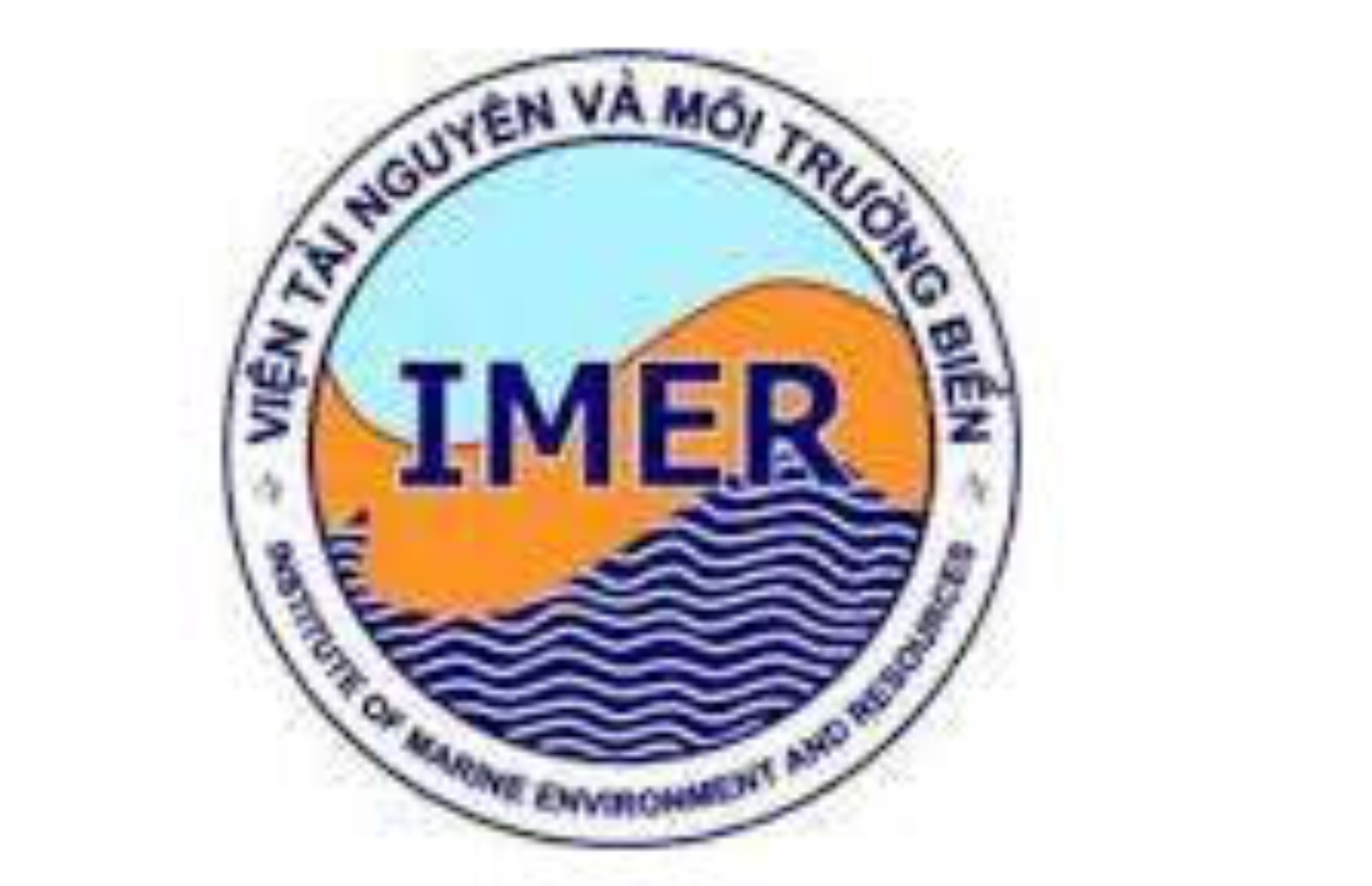STUDY ON THE VARIATION OF BED SHEAR STRESS BY USING SWAN MODEL IN CAM RANH BAY AND THUY TRIEU LAGOON
Author affiliations
DOI:
https://doi.org/10.15625/1859-3097/17/3/9248Keywords:
SWAN model, resuspension, bed shear stress, Cam Ranh bay, Thuy Trieu lagoon.Abstract
Turbidity is an important parameter to assess water quality and is an indicator to determine water pollution. In shallow waters, one of the main causes of turbidity is due to resuspension of bed sediment. This process only occurs when water depth is less than one-half the wave length. Meanwhile wave energy will form shear zone and result in resuspension. Bed shear stress is an important quantity to determine the areas where resuspension phenomenon of bed sediment can occur. In this paper, SWAN model was used to calculate and discuss the spatial variation of bed shear stress, taking into consideration the effects of wind velocity and direction at Cam Ranh bay and Thuy Trieu lagoon. The results show that when the wind speed reaches over 5 m/s, high bed shear stress occurs at shallow waters for both the Southwest and Northeast monsoons. When wind speed reaches over 13 m/s, most of the study area is influenced by resuspension.Downloads
Metrics
References
Schwartz, M. (Ed.), 2006. Encyclopedia of coastal science. Springer Science & Business Media.
![]()
Dalyander, P. S., Butman, B., Sherwood, C. R., Signell, R. P., and Wilkin, J. L., 2013. Characterizing wave-and current-induced bottom shear stress: US middle Atlantic continental shelf. Continental Shelf Research, 52, 73-86.
![]()
Laenen, A., and LeTourneau, A. P., 1996. Upper Klamath Basin nutrient-loading study: Estimate of wind-induced resuspension of bed sediment during periods of low lake elevation (No. 95-414). US Geological Survey.
![]()
Ris, R. C., Holthuijsen, L. H., and Booij, N., 1999. A third-generation wave model for coastal regions: 2. Verification. Journal of Geophysical Research: Oceans, 104(C4), 7667-7681.
![]()
SWAN team, 2015. User manual: SWAN Cycle III version 41.01AB. http://swanmodel.sourceforge.net/download/zip/swanuse.pdf.
http://swanmodel.sourceforge.net/download/zip/swanuse.pdf.">
![]()
Phan, T. B., 2012. Simulation of the trans¬mission of pollutants under impacts of dy¬namic factors in Cam Ranh Bay by using numerical model. Master’s thesis of De¬partment of Meteorology, Hydrology and Oceanography, Hanoi University of Sci¬ence. http://hus.vnu.edu.vn/files/ChuaPhan-Loai/LuanVanThacSi-Chua-PhanLoai%20-(423).pdf.
http://hus.vnu.edu.vn/files/ChuaPhan-Loai/LuanVanThacSi-Chua-PhanLoai%20-(423).pdf.">
![]()
Zheng, G. J., 2007. Hydrodynamics and water quality: modeling rivers, lakes, and estuaries. ISBN 978-0-470-13543-3. A John Wiley & Sons, Inc. Publishcation.
![]()
Sheng, Y. P., and Lick, W., 1979. The transport and resuspension of sediments in a shallow lake. Journal of Geophysical Research: Oceans, 84(C4), 1809-1826.
![]()
Ouillon, S., Douillet, P., and Andréfouët, S., 2004. Coupling satellite data with in situ measurements and numerical modeling to study fine suspended-sediment transport: a study for the lagoon of New Caledonia. Coral Reefs, 23(1), 109-122.
![]()
Yu, Y., Zhang, H., and Lemckert, C., 2014. Salinity and turbidity distributions in the Brisbane River estuary, Australia. Journal of hydrology, 519, 3338-3352.
![]()









